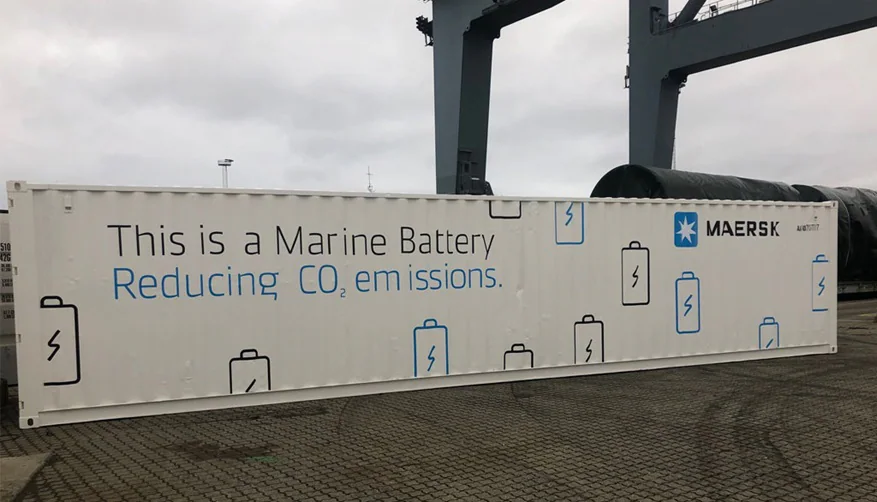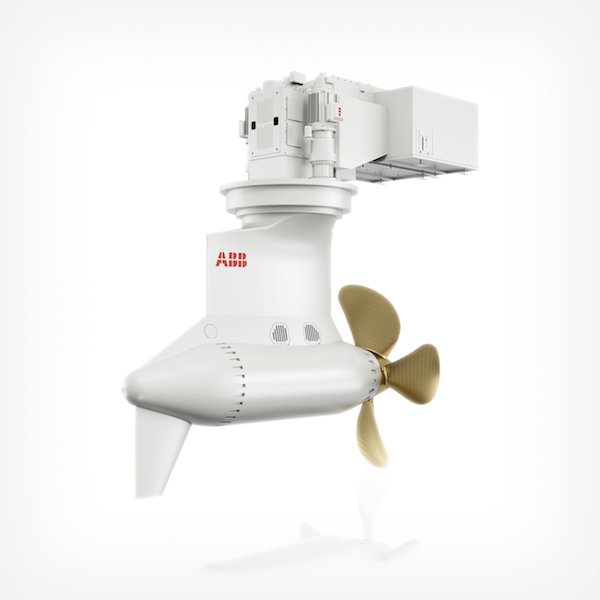
Battery systems are critical for various applications onboard ships, including emergency power, propulsion, and auxiliary systems. The choice of battery technology depends on the specific requirements of the vessel.
Types of Battery Systems
- Lead-Acid Batteries
- Applications: Starting engines, emergency power, and backup systems.
- Advantages: Cost-effective, reliable, and well-understood technology.
- Disadvantages: Heavy, lower energy density, and requires regular maintenance.
- Lithium-Ion Batteries
- Applications: Propulsion systems, energy storage for hybrid or fully electric ships, and auxiliary power.
- Advantages: High energy density, lightweight, long lifespan, and low maintenance.
- Disadvantages: Higher initial cost, thermal management needed to prevent overheating.
- Nickel-Cadmium (NiCd) Batteries
- Applications: Emergency systems and backup power.
- Advantages: Robust, reliable, and performs well in extreme temperatures.
- Disadvantages: Toxic materials, higher self-discharge rate, and environmental concerns.
- Sodium-Nickel Chloride (Na-NiCl2) Batteries
- Applications: Energy storage for hybrid or fully electric propulsion systems.
- Advantages: High energy density, good thermal stability, and relatively long lifespan.
- Disadvantages: High initial cost, and sensitive to temperature changes.
Regulations for Battery Systems
- International Maritime Organization (IMO) Regulations
- SOLAS (Safety of Life at Sea): Specifies requirements for emergency power systems and battery installations.
- MARPOL (Marine Pollution): Includes guidelines for the disposal of battery waste to prevent marine pollution.
- Classification Societies
- DNV GL, Lloyd’s Register, ABS, and others: Provide rules and guidelines for the installation, maintenance, and operation of battery systems on ships to ensure safety and reliability.
- International Electrotechnical Commission (IEC) Standards
- IEC 62619: Safety requirements for secondary lithium cells and batteries.
- IEC 62620: Performance and life testing of secondary lithium batteries for industrial applications.
- European Union Regulations
- Battery Directive 2006/66/EC: Governs the manufacture, disposal, and recycling of batteries to minimize environmental impact.
Manufacturers and Popular System Models
- Saft
- Technology: Lithium-ion, NiCd
- Popular Models:
- Seanergy Li-ion battery: Used for hybrid and fully electric propulsion systems.
- SRX NiCd battery: Used for emergency and backup power.
- Price Range: $500 to $2,000 per kWh, depending on the specific system and application.
- Corvus Energy
- Technology: Lithium-ion
- Popular Models:
- Orca ESS: Energy storage system for hybrid and electric propulsion.
- Blue Whale ESS: High-capacity system for large vessels.
- Price Range: $600 to $1,500 per kWh, depending on system configuration.
- Leclanché
- Technology: Lithium-ion
- Popular Models:
- Marine Rack System (MRS): Modular battery system for marine applications.
- NMC and LTO batteries: Suitable for various maritime applications.
- Price Range: $600 to $1,400 per kWh, depending on specific requirements.
- EST-Floattech
- Technology: Lithium-ion
- Popular Models:
- Green Orca 1050: Modular battery system for marine propulsion and energy storage.
- Battery Management System (BMS): Ensures safe and efficient operation.
- Price Range: $700 to $1,500 per kWh, depending on system specifics.
- Rolls-Royce
- Technology: Lithium-ion
- Popular Models:
- SAVe Energy: Scalable battery system for hybrid and electric propulsion.
- Price Range: $800 to $1,600 per kWh, depending on configuration and capacity.
Case Study: Maersk Cape Town
In December 2019, Maersk installed a state-of-the-art lithium-ion battery system onboard the Maersk Cape Town. The system was implemented to enhance vessel performance and reliability while significantly reducing CO2 emissions. The battery system supports the ship’s auxiliary systems, optimizing energy consumption and reducing the load on the main engines. This installation marks a significant step towards more sustainable maritime operations by leveraging advanced battery technology to lower the environmental impact.
Conclusion
Battery systems onboard ships are critical for ensuring operational efficiency, safety, and compliance with environmental regulations. The choice of battery technology and system depends on the specific needs of the vessel, including power requirements, space constraints, and operational profiles. Manufacturers offer a range of battery systems, with prices varying based on technology, capacity, and application.
For more information and the latest updates on maritime battery systems, visit maritimehub.com



